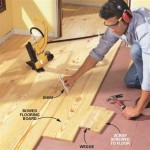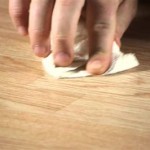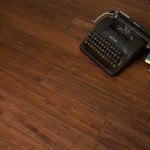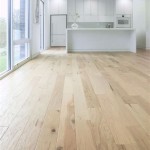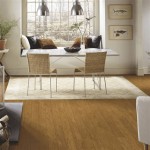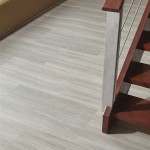Essential Aspects of DIY Home Gym Flooring
Transforming a space in your home into a fitness haven requires careful planning and execution. One of the most important considerations when creating a home gym is the flooring. The right flooring can not only enhance your workouts but also protect your subfloor from wear and tear.
Choosing the Right Material
The type of flooring you choose will determine its durability, comfort, and resilience. Some common options include:
- Rubber: Known for its excellent shock absorption and durability, rubber flooring is a top choice for home gyms. It reduces noise and vibration, making it ideal for high-impact exercises.
- Foam: Foam flooring is affordable and easy to install. It provides a cushioned surface for exercises like yoga and Pilates but may not be as durable for heavy lifting.
- Carpet tiles: These tiles offer a comfortable and versatile option. They can be arranged to create custom designs and provide moderate shock absorption.
- Plywood: Plywood is a budget-friendly option that can be covered with a layer of rubber or carpet for added cushioning.
Thickness and Cushioning
The thickness of the flooring you choose will determine its level of cushioning. For high-impact exercises, a minimum thickness of 1/2 inch is recommended. For low-impact activities, you can opt for thinner options like 1/4 inch.
Installation
The installation process will vary depending on the type of flooring you choose. Here are some general guidelines:
- Rubber: Interlocking rubber tiles can be easily installed over a flat surface without the need for glue or adhesives.
- Foam: Foam flooring can be installed using a peel-and-stick adhesive or interlocking tiles.
- Carpet tiles: Carpet tiles typically have a peel-and-stick backing for easy installation.
- Plywood: Plywood should be secured to the subfloor using screws or nails. It can then be covered with other flooring materials.
Maintenance and Cleaning
Regular maintenance is essential to keep your home gym flooring in top condition. Here are some tips:
- Sweep or vacuum regularly: Remove dirt and debris to prevent scratches and damage.
- Mop with a mild cleaner: Rubbber and foam flooring can be cleaned with a soap and water solution. Carpet tiles should be vacuumed and spot-cleaned as needed.
- Protect from heavy weights: Use weightlifting mats or platforms to distribute weight and prevent damage to the flooring.
- Avoid sharp objects: Keep sharp objects like weights or barbells away from the flooring to prevent cuts or punctures.
Conclusion
Choosing the right home gym flooring is crucial for creating a safe and effective workout space. By considering the essential aspects discussed above, you can select the ideal flooring material, thickness, installation method, and maintenance routine to ensure a long-lasting and functional home gym.

The Best Home Gym Flooring Options 2024 Garage Reviews

How To Build Your Own Home Gym Diary Of A Fit Mommy Decor Diy Workout Room

Create Your Own Home Gym With A Stylish Foam Floor

Designing Your Own Home Gym Loveland Fort Collins Flooring

The Best Home Gym Flooring Options 2024 Garage Reviews

Home Gym Ideas Perfect For A Basement Garage Or Shed Bless Er House

Creating Your Own Home Gym Shinyshiny

Create Your Own Home Gym Robuck Homes

Home Gym Makeover The First Big Project Inside House

How To Build Your Own Home Gym For Personal Training Business Institute Of Trainers
Related Posts

